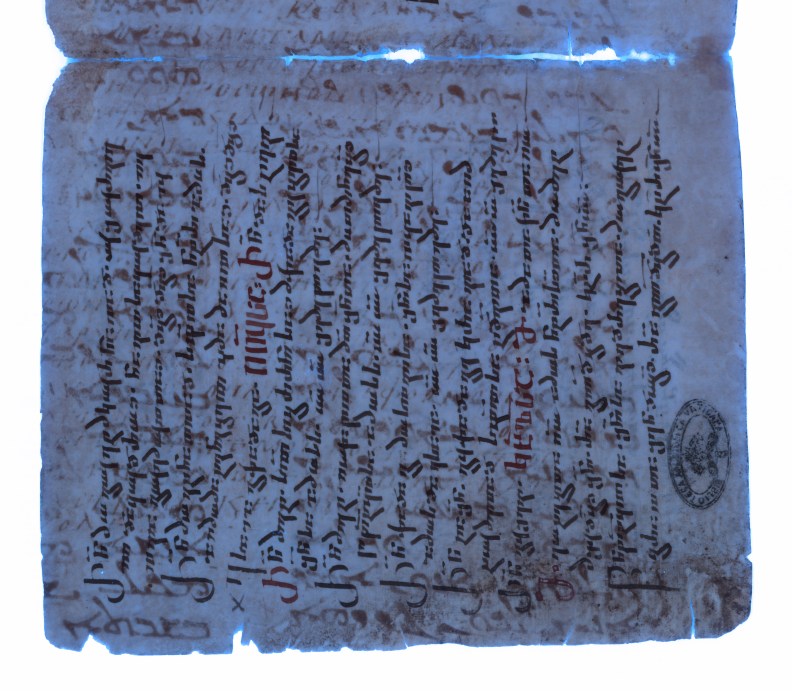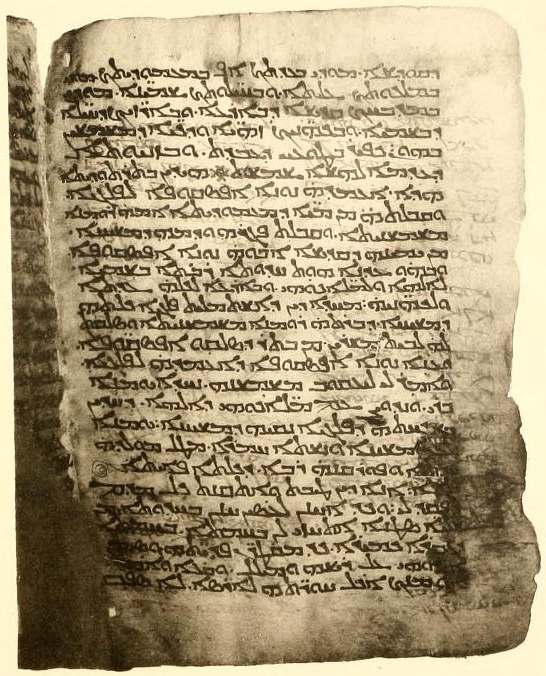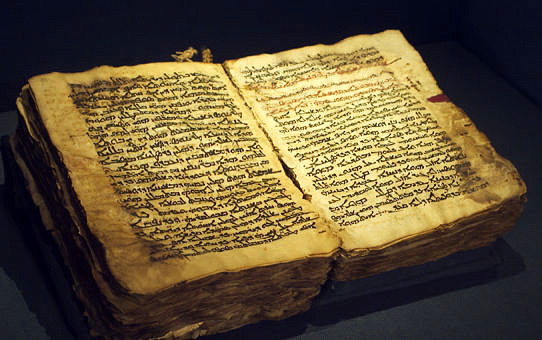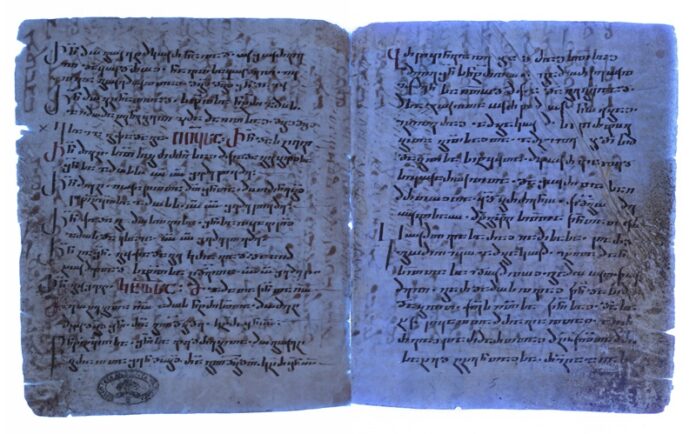In a groundbreaking discovery, researchers from the Austrian Academy of Sciences (OeAW) have unearthed a small manuscript fragment that holds the oldest known Syriac translation of the New Testament. This extraordinary find, identified using ultraviolet photography, dates back to the 3rd century and was later copied in the 6th century. This fragment provides invaluable insights into early Christian textual traditions and the transmission of the Gospels.
Discovery and Significance of the Syriac Fragment

A medievalist from the Austrian Academy of Sciences, Grigory Kessel, discovered the manuscript fragment, which had been erased and reused by a scribe in Palestine around 1,300 years ago. During the Middle Ages, parchment was a scarce resource in desert regions, leading to the practice of reusing manuscripts. These layered manuscripts, known as palimpsests, contain hidden texts that modern technology can now reveal.
Kessel’s discovery is a significant addition to the known Old Syriac translations of the Gospels. Previously, only two manuscripts containing this ancient translation were known: one housed in the British Library in London and the other identified as a palimpsest in St. Catherine’s Monastery at Mount Sinai. The newly discovered fragment, found within the Vatican Library manuscript, represents a third-layer text, or double palimpsest, and is the only known remnant of the fourth manuscript attesting to the Old Syriac version of the Gospels.
The Syriac Christianity Tradition

“The tradition of Syriac Christianity knows several translations of the Old and New Testaments,” says medievalist Grigory Kessel. The Old Syriac translation of the Gospels, which this fragment represents, offers a unique window into the early phases of the textual transmission of these sacred texts. For instance, while the original Greek of Matthew chapter 12, verse 1 says: “At that time Jesus went through the grainfields on the Sabbath; and his disciples became hungry and began to pick the heads of grain and eat,” the Syriac translation reads: “[…] began to pick the heads of grain, rub them in their hands, and eat them.”
Preceding the Codex Sinaiticus

Claudia Rapp, Director of the Institute for Medieval Research at the OeAW, highlighted the significance of this discovery, noting that the Syriac translation predates the oldest surviving Greek manuscripts, including the Codex Sinaiticus, by at least a century. The earliest surviving manuscripts of this Syriac translation date from the 6th century and are preserved in the erased layers of newly written parchment leaves, or palimpsests. Rapp emphasized the crucial role of modern digital technologies in revealing these hidden texts, demonstrating the productive interplay between technology and basic research in the study of medieval manuscripts.
The Sinai Palimpsests Project
This discovery is part of the broader Sinai Palimpsests Project, which aims to uncover and digitally preserve the centuries-old valuable palimpsest manuscripts of St. Catherine’s Monastery in Egypt. The project endeavors to make these ancient texts readable again, providing scholars and the public with access to these significant historical documents.
Conclusion
The discovery of the oldest known Syriac translation of the New Testament is a monumental achievement in the field of biblical studies and medieval research. It sheds light on the early Christian textual traditions and offers new perspectives on the history of the Gospels’ transmission. Through the use of modern technology, researchers continue to unlock the secrets of ancient manuscripts, bridging the gap between the past and the present, and enriching our understanding of early Christian history.
